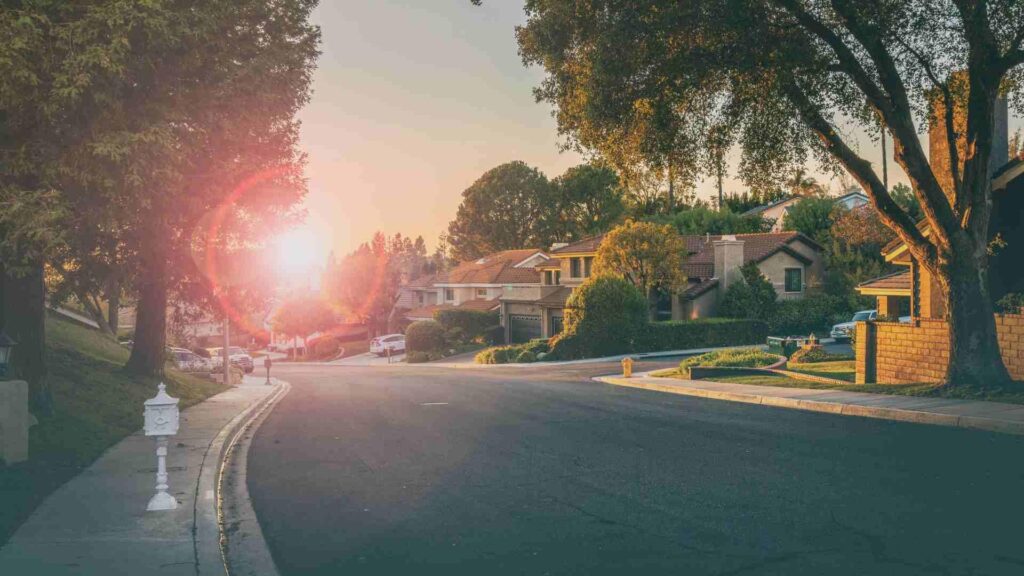Education journalist Benjamin Herold’s new book “Disillusioned” looks with a critical lens at the American suburb. The book focuses on suburban communities like Ferguson and Penn Hills, with Herold’s goal being to discover how many American suburbs have changed.
In the book, Herold converses with Charles Marohn, who suggests that the declining American suburbs have become similar to a Ponzi scheme.
Following Five Families
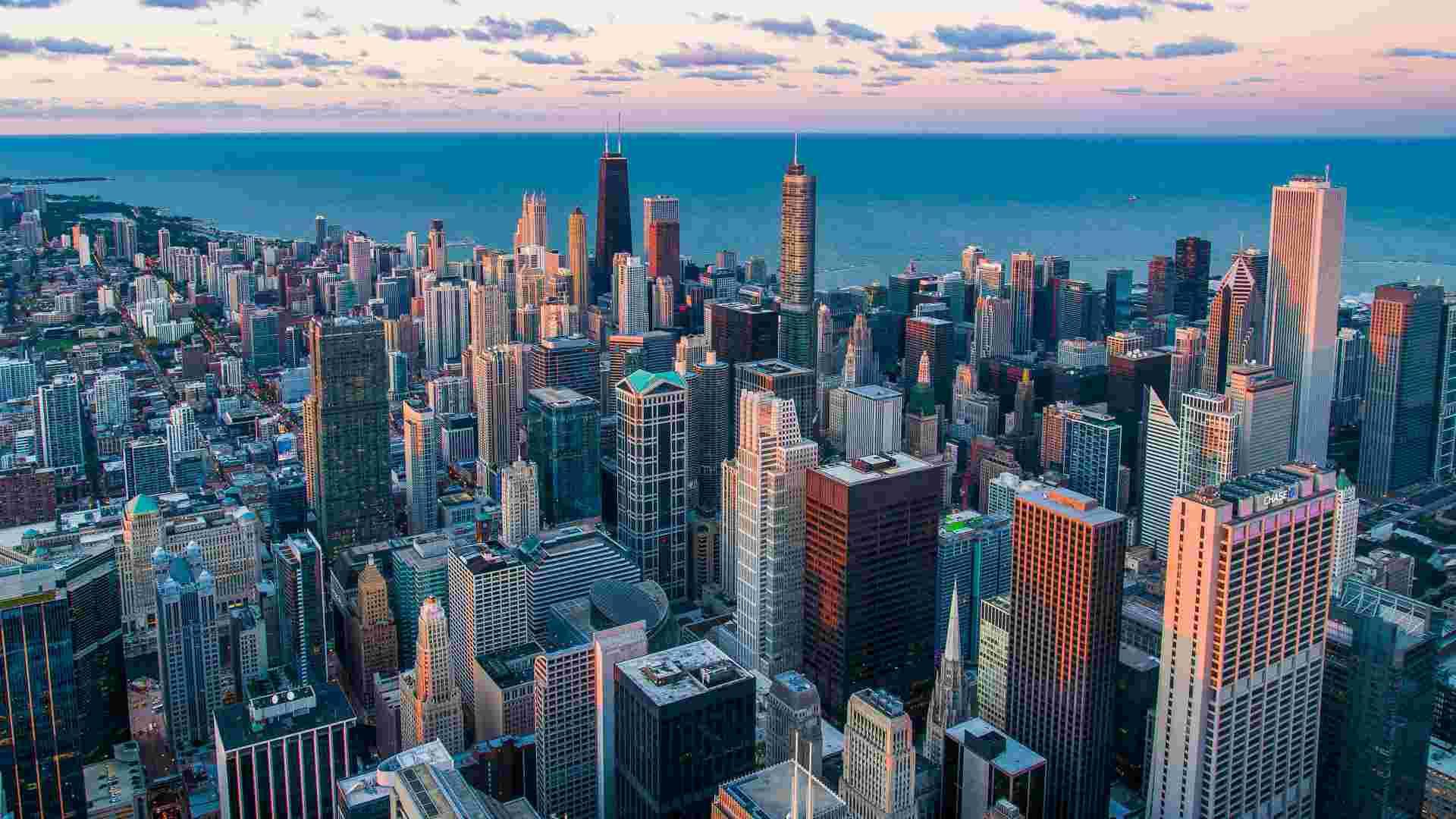
Herold’s method in writing the book was to follow five different families who moved to the suburbs following promises of the American dream.
These families moved to America’s suburbs in Chicago, Atlanta, Dallas, Los Angeles, and Pittsburgh in the past few decades. What they found is that these once prosperous areas developed cracks that cast a shadow on the aspirational hopes of the American suburb project.
Herold’s Aim
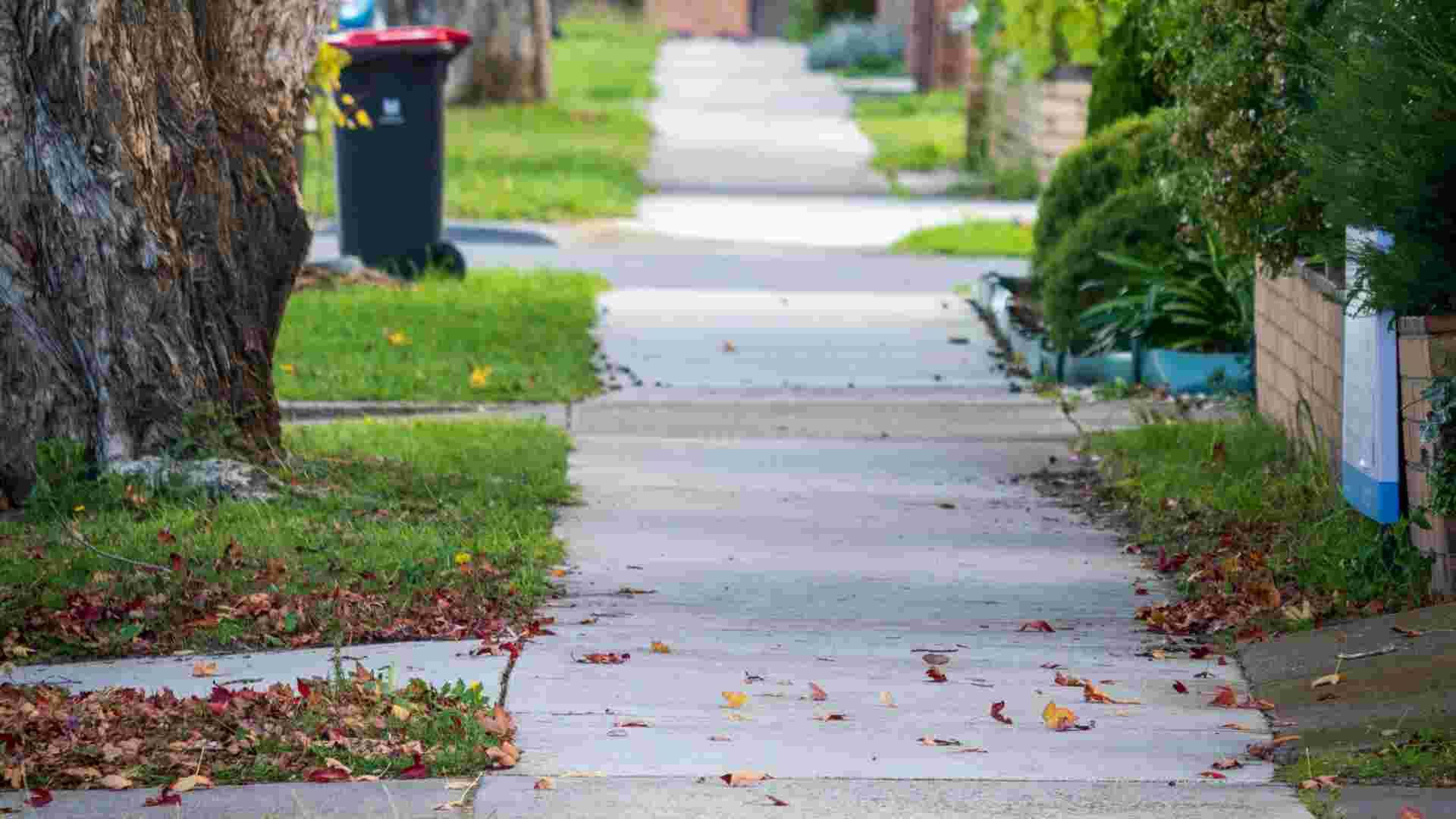
Through writing this book, he hoped to gain a deeper understanding of what happened to the once idyllic American suburb.
His goal was to figure out why “thousands of families of color had come to suburbia in search of their own American dreams, only to discover they’d been left holding the bag.” Herold fills the book with key details and observations about the ways that the allure of the suburb swindled black families who wanted a better place to raise their kids.
Returning to an Old Neighborhood

The book opens with Herold returning to his own old childhood suburb called Penn Hills. Penn Hills was once a majority-white suburb that has since become much more diverse.
Here, Herold interviews Bethany Smith, a local resident living with her son, who happened to live three doors away from where Herald grew up. The book takes great care to describe the details of Smith’s decision to move from Pittsburgh to Penn Hills as her old neighborhood was gentrifying.
The Gentrification of Pittsburgh
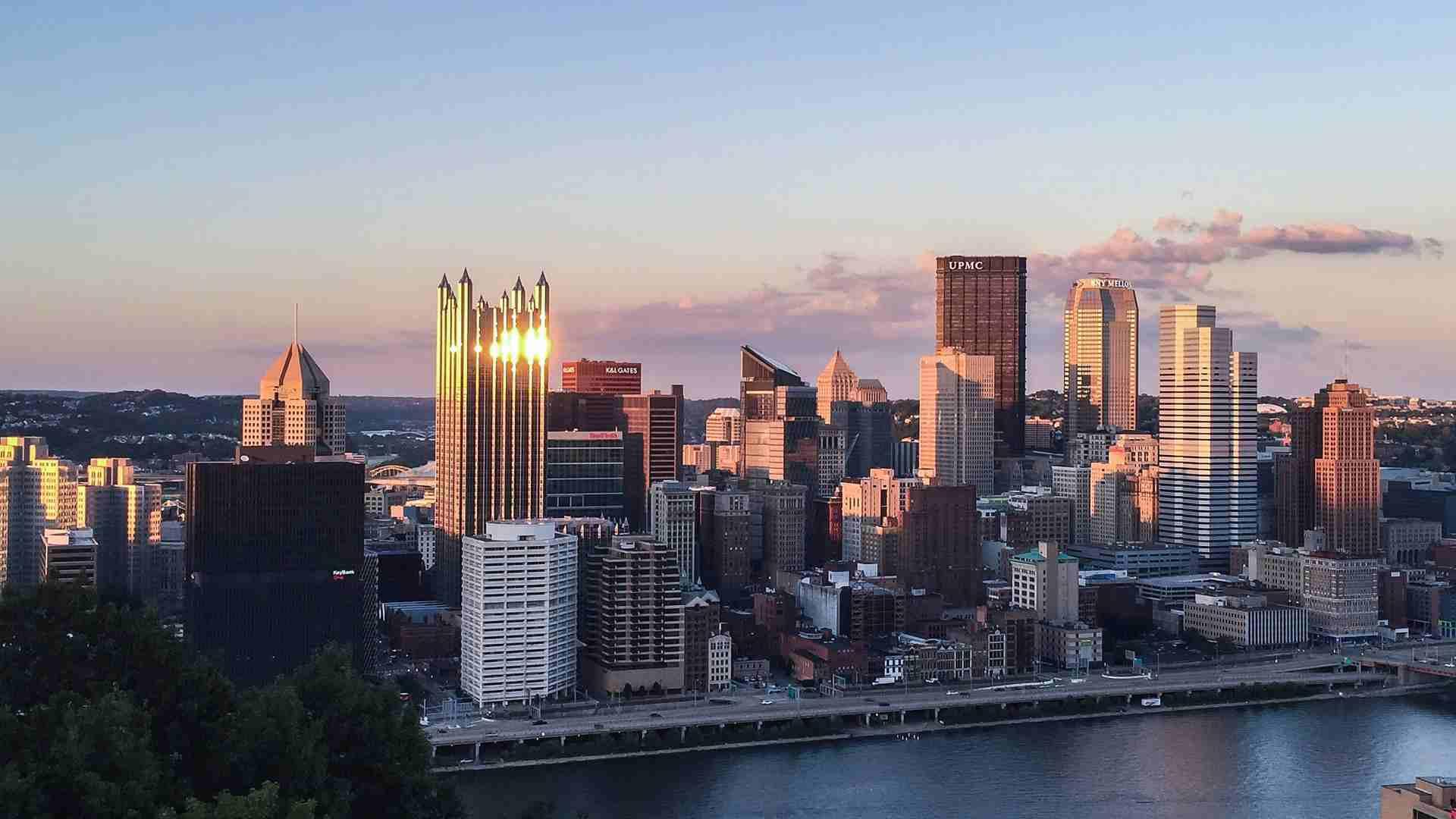
Pittsburgh experienced an intense period of gentrification that is still ongoing. According to the National Community Reinvestment Coalition, the city is the 8th most gentrified city in the United States.
As the demographics of the area changed, it created problems for the residents already living there. Today, Whites make up around 64% of the total population in the city, while Black or African Americans make up only 23%, via the US Census Data.
What Is Gentrification?
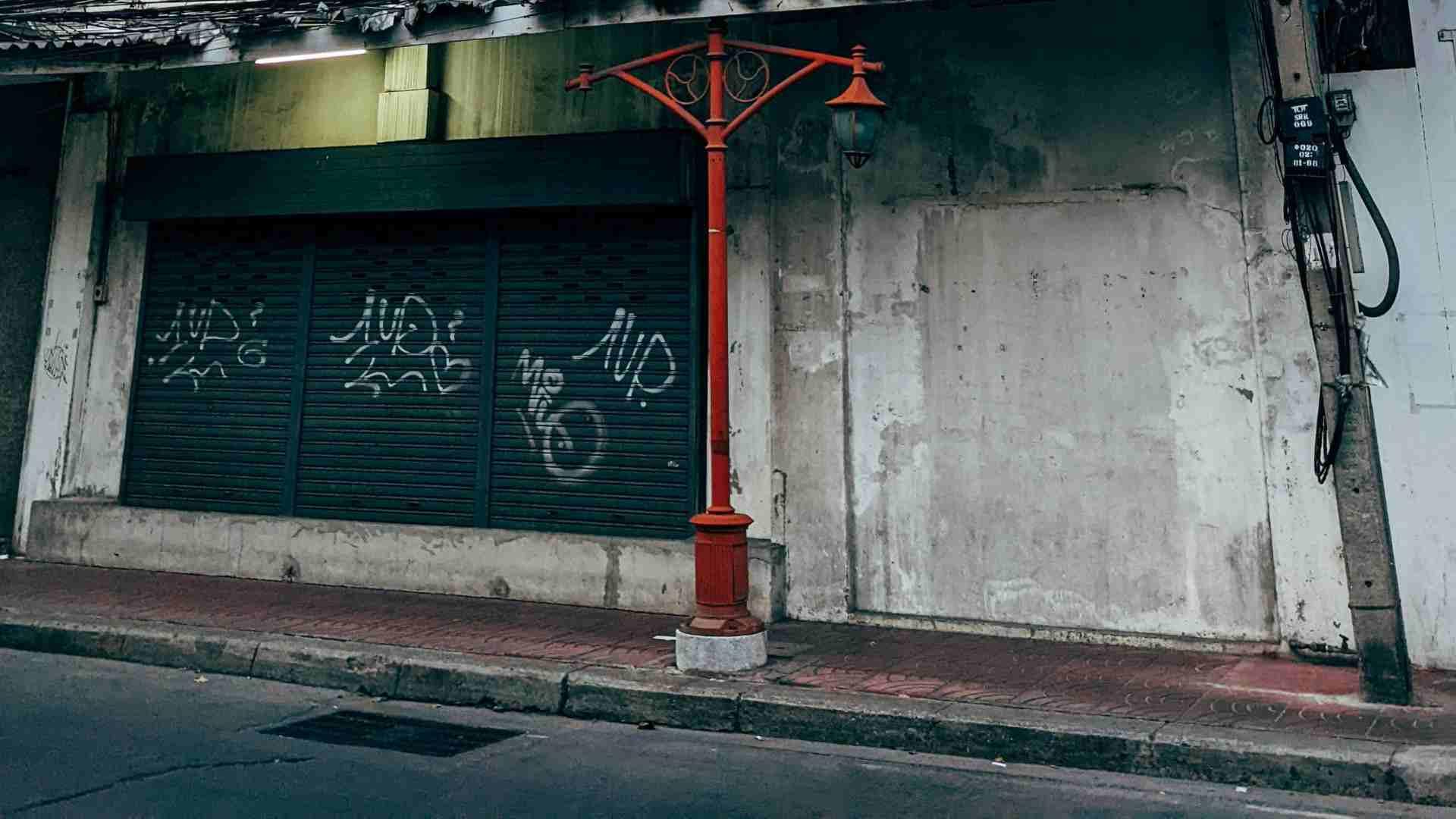
Gentrification is the process by which wealthier people start to move into poorer neighborhoods. During the process of moving in, their presence increases the price of properties and has other adverse effects.
Since these new residents are rich, they can outbid poorer residents for apartments and homes. As more wealthy people move in, the original residents might find it hard or impossible to afford to live in the neighborhood.
Smith’s Experience
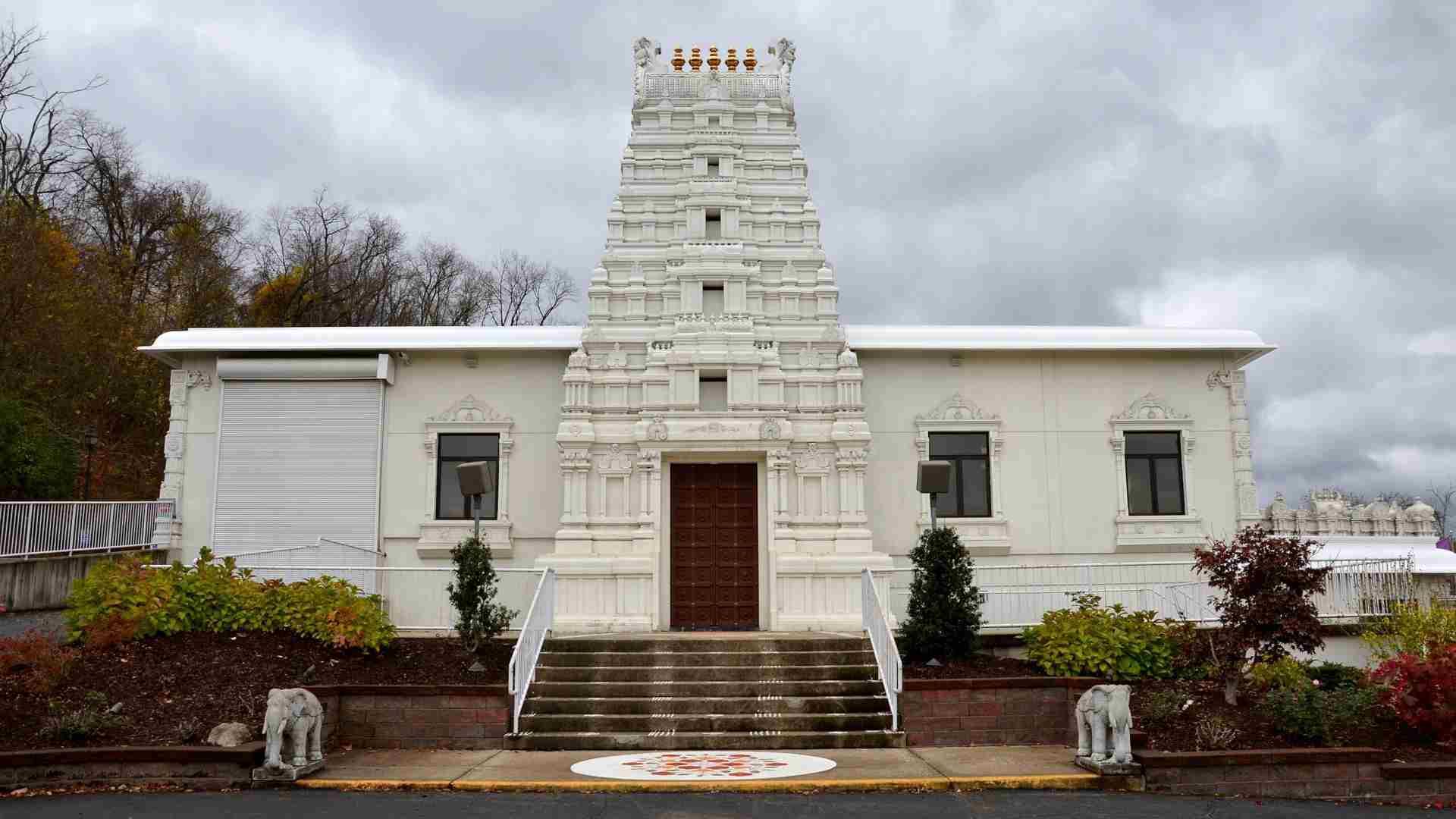
Smith described the reality of living in a suburb that had its demographics rapidly change. She moved to the neighborhood in 2012.
“It has changed [to] more black folks, more people of color in this area,” Smith said. “And here we are having to deal with outrageous sewage bills, messed up roads, schools that don’t particularly tend to our children’s needs.”
Mismanagement and Financial Woes

When Smith moved to Penn Hills, she found she was left with the remains of a once-prosperous area that didn’t have the opportunities she was hoping for. Herold takes her example as evidence of the sad “unraveling of America’s suburbs.”
For him, the suburbs have become a “waste product” that white families created once they took all the opportunities for themselves and left without setting up the suburbs to be sustainable for future residents.
Shared Experience Between Different Families in Different Cities
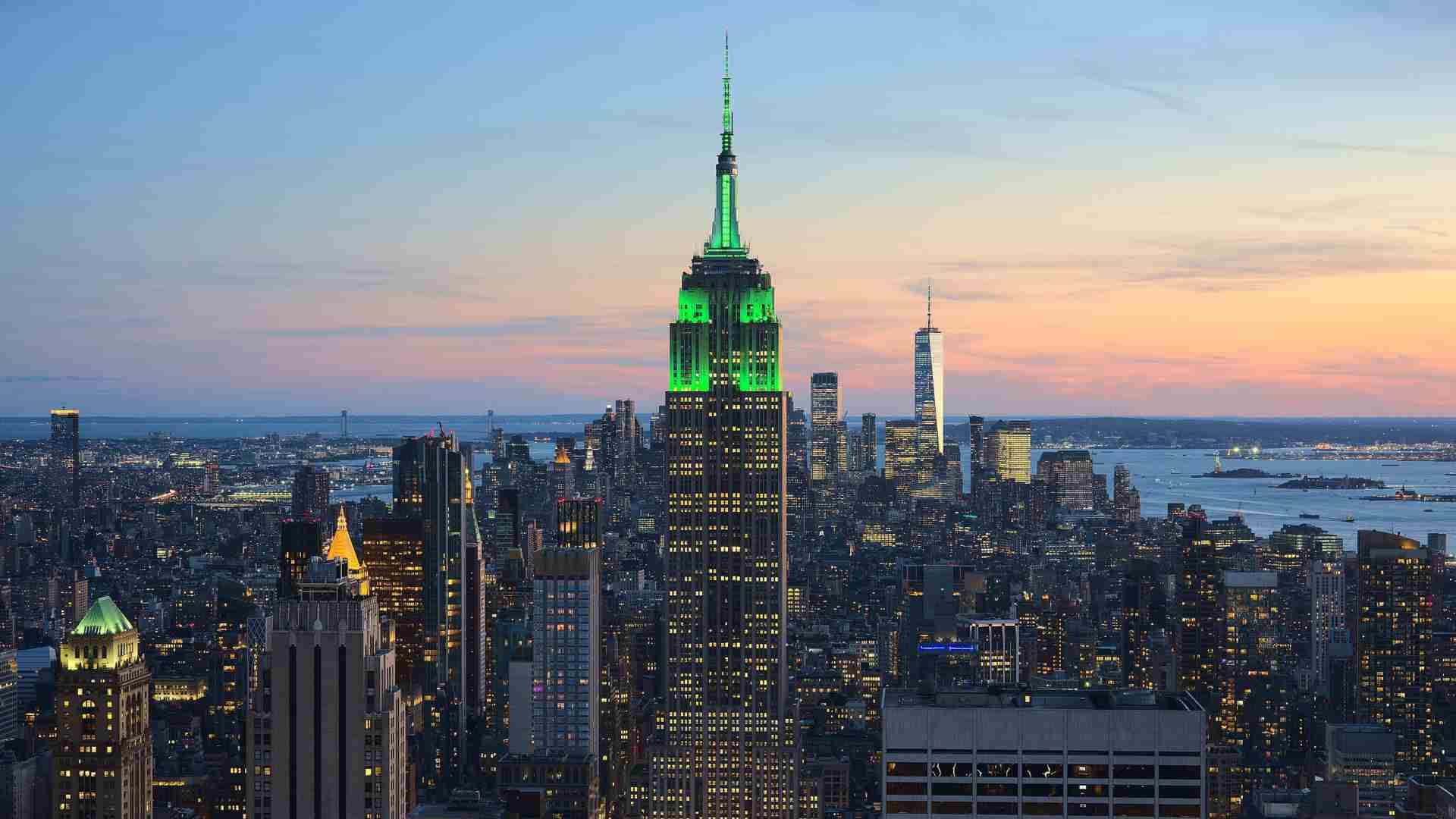
The other four families’ experiences shared many similarities with the Smiths. A common theme with the failing and unraveling suburbs is mismanagement.
“I think that there’s a sense in many suburban communities that we’re just going to keep growing forever, and we don’t have to have a smart plan. We don’t have to budget upfront for maintenance and renewal and repair, and there’s really not a sense of responsibility to future generations,” Herold said.
Building Two Schools
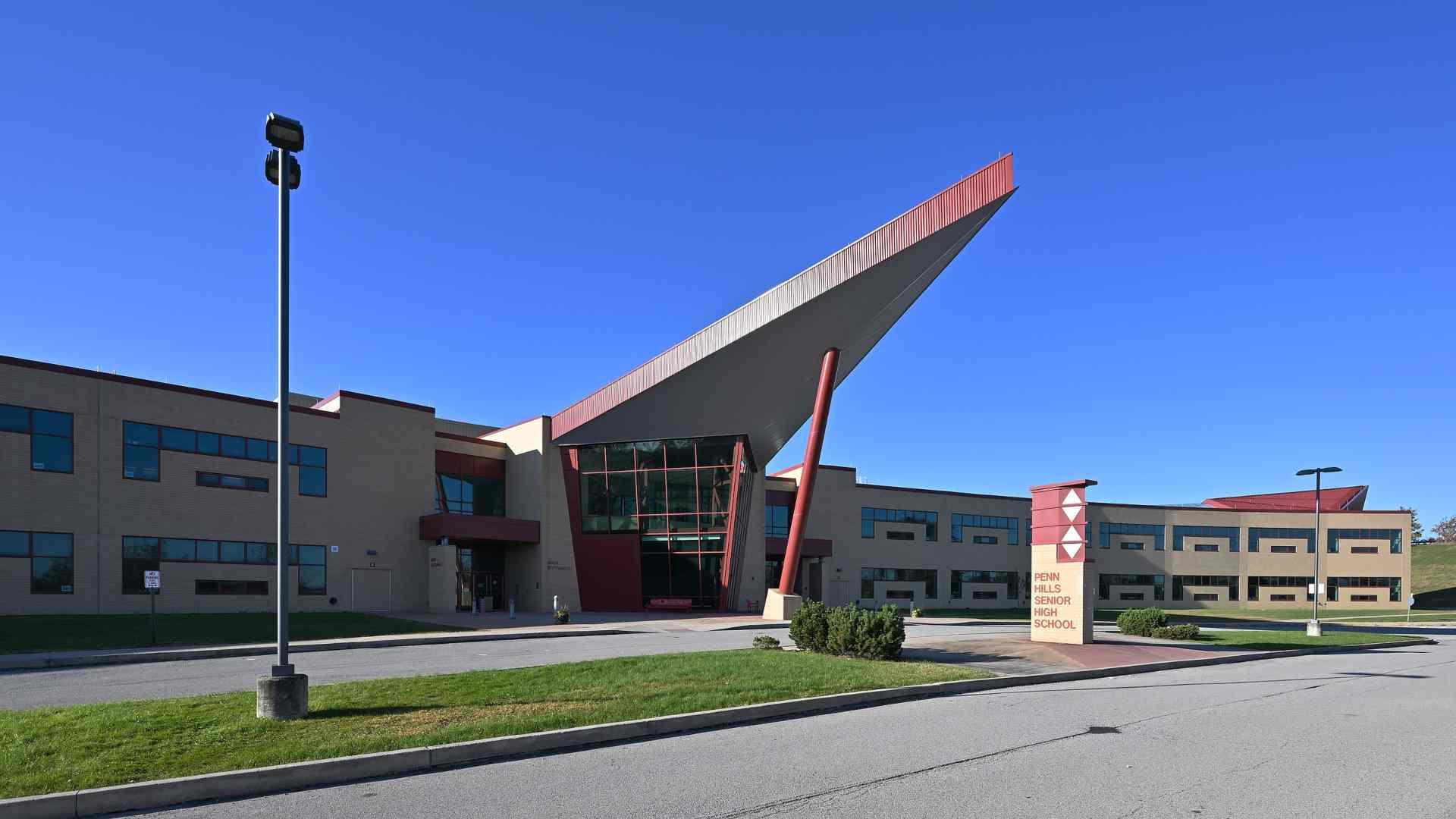
One moment that underscores the philosophy of mismanagement in the book is when Herold describes how the Penn Hills school board decided to build two new schools despite a decline in school enrollment and not having the money.
The project came with a $130 million price tag and the school board went through with it despite the later financial deficit it would cause. This one mismanagement action would cripple the education system in the area for generations to come. At one point, the school district was $11 million in debt.
Population of America’s Suburbs
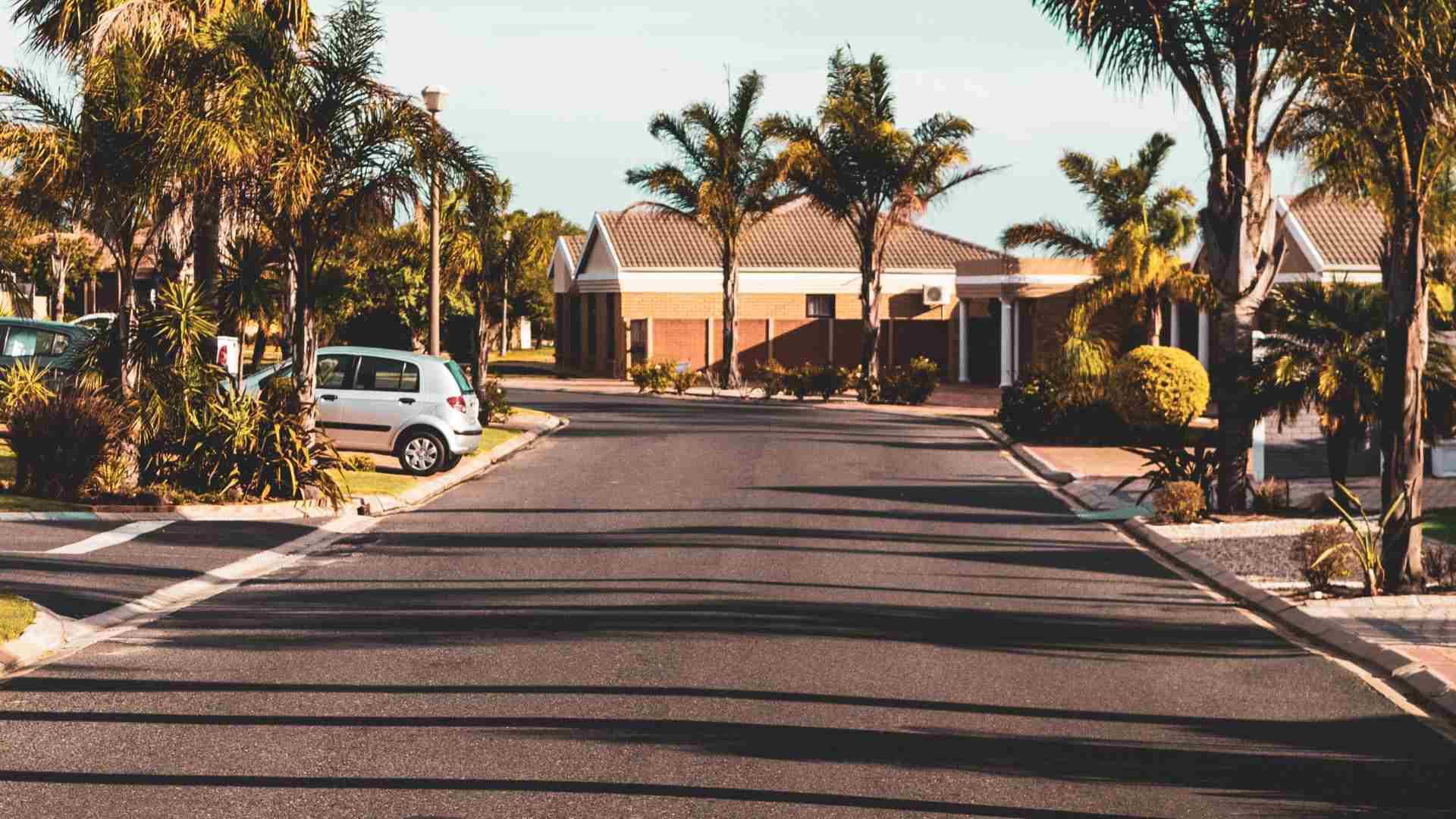
Herold writes in the book that from 1950 to 2020, the population of American suburban areas increased from 37 million to 170 million. He then describes the transformation as “one of the most sweeping reorganization of people, space, and money in the country’s history.”
The promise of affordable housing and an escape from living in decaying and bad urban environments while still being within driving distance became idealized in American society.
America’s Suburbs Tricked Residents

The iconic American suburb encapsulated the American dream of a family striving to live a better life and setting up the conditions for their kids to succeed.
Unfortunately, it seems that dream was a mirage for many residents who arrived in the suburbs later. They missed out on the suburban boom and were left to contend with the consequences of the bust.
